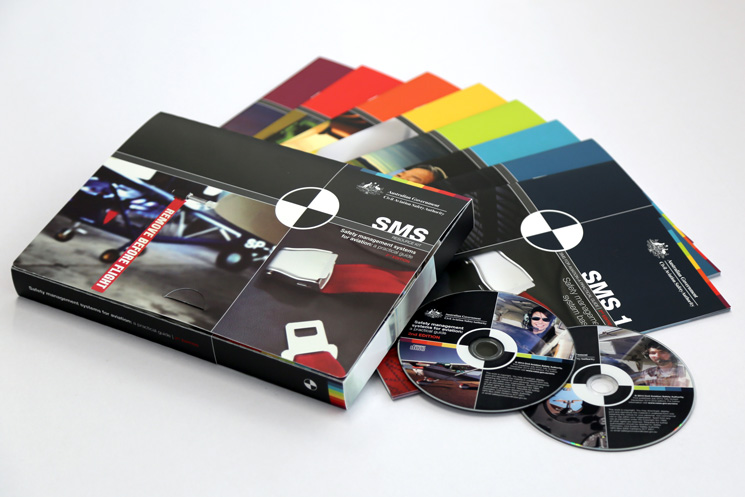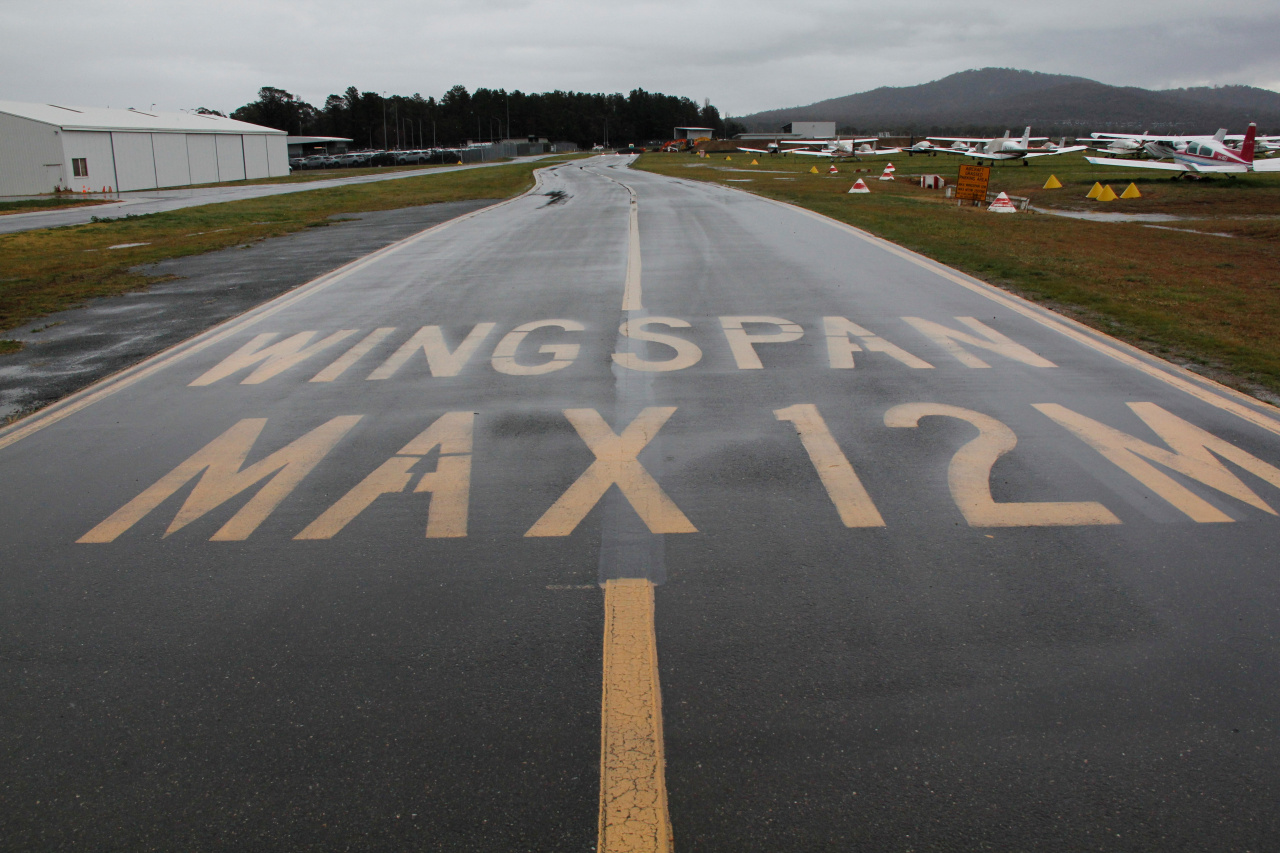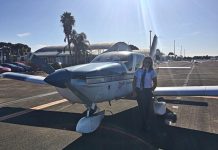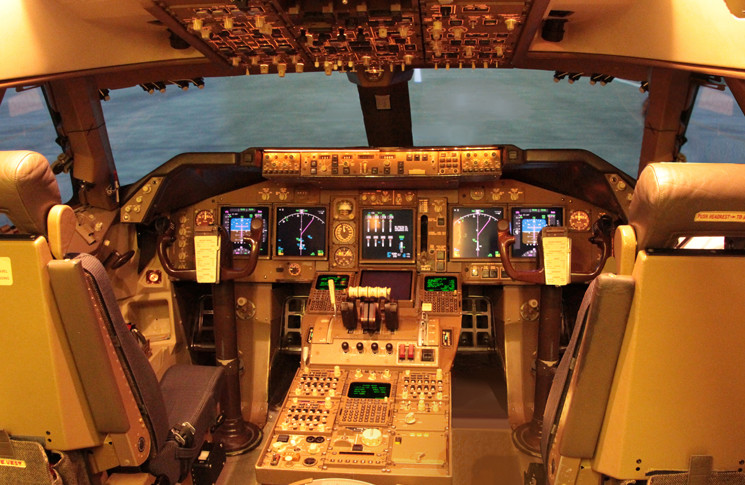New regulations mean some aerodromes will need to develop their first safety management system (SMS) and many aerodromes will need to review their existing one. However, according to a CASA expert, it may mean just capturing what you already do.
Mark Roberts, CASA Safety Performance Management Specialist, spoke to airport operators about risk management and SMS as part of Airport Safety Week through the Australian Airports Association.
‘The requirement to manage risk is not new,’ he says. ‘Everyone needs to understand risk management regardless if you fall under the regulations as needing an SMS or risk management plan.
‘An SMS provides a systematic approach to managing safety and helps you to identify hazards and risks. It will also help you to oversee your safety performance and how effective your risk management is.’
Tailoring an SMS for each aerodrome operator can be complex, but the components and elements don’t change.
‘An SMS is an SMS is an SMS, but one size doesn’t fit all—the need to be suitable for the size and complexity is a fundamental premise of SMS,’ he says.
‘Every SMS needs to have the components of safety policy and objectives, safety risk management, safety assurance and safety promotion, regardless if you’re welcoming an A380 or Piper Warrior.
‘Most importantly, it is not a set-and-forget tool. You need to be reviewing on a regular basis to ensure that your SMS is benefiting aviation safety.’

For aerodromes that do not require an SMS, Roberts recommends considering how it can benefit the operator.
‘Just because the reg doesn’t require you to have an SMS, would it make sense to have one? Often the answer is that the effort and low cost of creating an SMS is offset by the significant safety benefits,’ he says.
‘For smaller aerodromes that, let’s say, don’t need an SMS but a risk management plan, they could incorporate this into their broader shire or council risk management processes.
‘Reach out to the team within your local council to balance the aviation expertise with risk management expertise.’
Some aerodromes may find the idea of creating an SMS daunting, but Mark says there resources and people within CASA available to help.
‘You can visit our safety management website, take a look at our SMS resource kit and review the Risk management plan for aerodromes Advisory Circular,’ he says. ‘We’ll also be publishing a Safety management system for aerodromes Advisory Circular which will help aerodromes with SMS.
‘You can also reach out to your local Aviation Safety Advisor or get in touch with me via email cass@casa.gov.au.’





